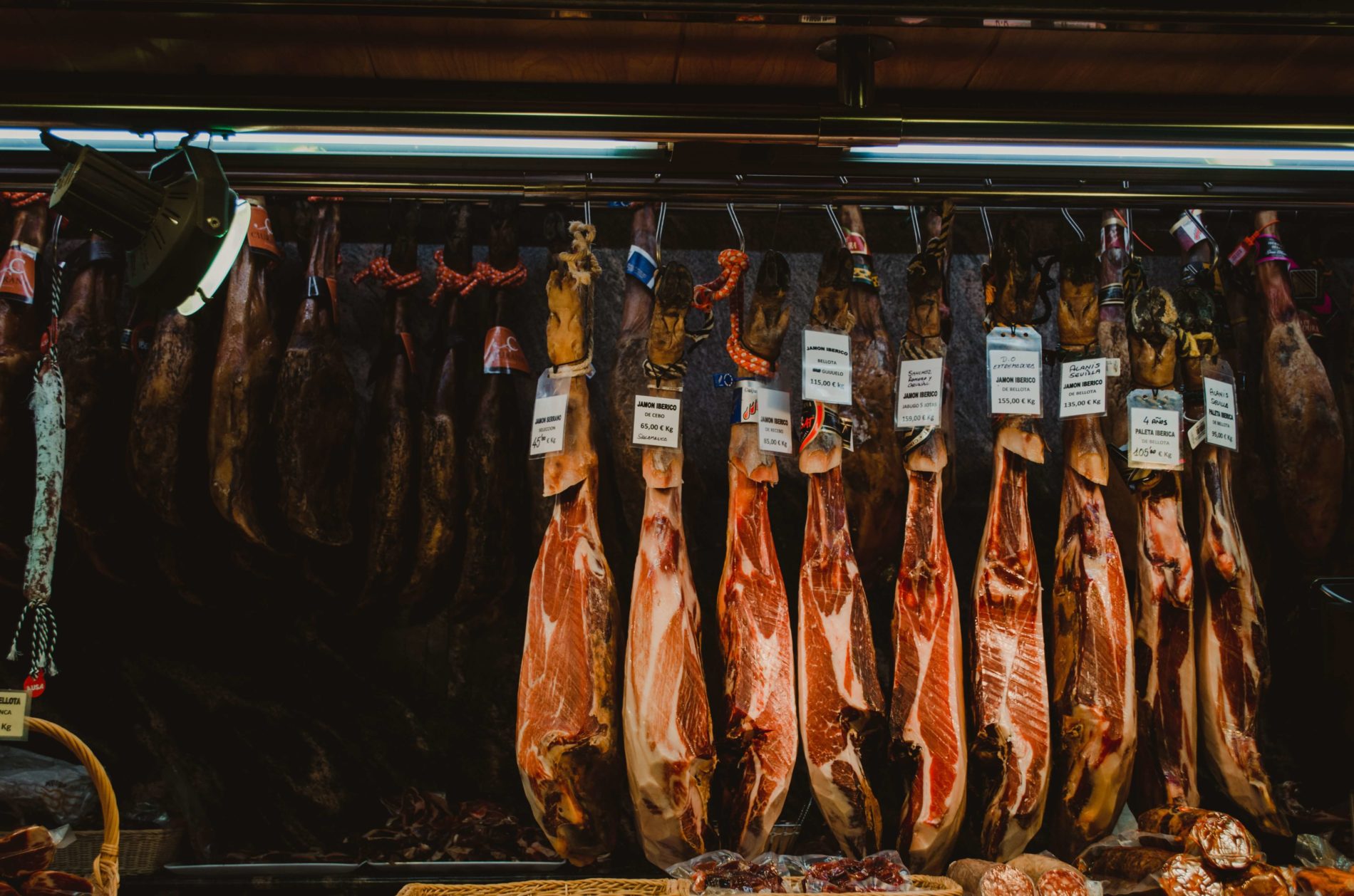Sustainable fashion, sustainable beauty, sustainable technology – the idea of sustainability is growing and it is unsurprising that sustainable food is also part of the ‘sustainable movement’. While people have become accustomed to organic food, sustainable eating is a relatively new term that is currently trending. If all the buzz surrounding sustainable eating was the only indication of its adoption by people then we could safely say that people are embracing it very well. However, merely talking about something and actually making it a lifestyle are two different things. Are we really walking the talk?

IN THE PHOTO: WOMAN CHOOSING BETWEEN TWO PATHS IN CROP FIELD PHOTO CREDIT: BURST
WHAT IS DRIVING FOOD CHOICES?
The International Food Information Council (IFIC) Foundation publishes an annual Food and Health survey with the aim of highlighting and understanding consumer food purchasing beliefs and behaviors. The 2018 survey revealed that sustainability is the smallest of 6 purchase drivers when it comes to food choices – taste, healthfulness, convenience, price, and familiarity take precedence. This report shows that sustainable eating is trending but it is not living up to the hype when it comes to turning all the talk into action. There is a need to adopt sustainable food choices in practice and 2019 is as good a year as any to begin doing this.
IN THE PHOTO: CLOVERS UNDER MORNING DEW PHOTO CREDIT: IRENE DAVILA
SUSTAINABLE FOOD CHOICES GO BEYOND A HEALTHY ENVIRONMENT
It is possible that sustainability remains a small driver of food choices because most people have not come around to appreciating its benefits. For many, sustainable food is food produced using methods and practices that conserve the health of the planet. In 2018, the growth in greenhouse gas emissions was due to an increase in carbon dioxide and methane emissions. If a single cow can produce between 70 and 120 kg of methane annually, imagine what over 70 billion animals being raised for meat all over the world can do. It is even more worrying when you learn that the adverse effect methane has on the planet is 23 times higher than that of carbon dioxide. Sustainable food production addresses these issues by respecting biodiversity and protecting ecosystems, but it is important to understand that sustainability goes beyond just the environment.
One of the fundamental elements of sustainable food choices is that they protect human life and health, and they promote good animal welfare. Sustainable food is produced in ways that protect the lives of the people who produce it; by providing safe working conditions for people in the production system and eliminating exposure to harsh chemicals and toxins that can affect health. Making sustainable food choices means that the people behind the food production receive fair compensation for their work and they are not subjected to exploitation in their working environment. A diet made up of sustainable food also contributes to human health by providing wholesome nutrition and protecting those who consume it from diet-related health problems including heart disease, diabetes, and obesity.
Sustainable food choices improve food security and lower overall food waste. Hunger affects 815 million people globally and so zero hunger continues to feature as one of the SDGs that receive a lot of attention. 40% of all the grain produced worldwide goes towards feeding livestock when it could directly feed close to 800 million people (about the same number of people suffering from hunger worldwide). Of all this grain, only about 12% of the feed calories it produces contributes directly to the human diet. This translates into some serious food waste which is worsening due to the rising global demand for meat.
Such a system is unsustainable and it normally involves concentrating on producing enough to meet demand, thereby ignoring animal welfare. Sustainability is all about well-managed and ethically produced livestock that has a reduced negative impact on the environment i.e. it does not put a strain on the environment and its resources. Producing sustainable food divides land use appropriately to maximize food creation and minimize unsustainable practices that also contribute to food waste. Ultimately, sustainable eating focuses on plant-based foods with limited meat consumption.
Sustainable food also has a role to play in improving livelihoods. Most organic food is inaccessible to many people because it normally comes with a hefty price tag. The opposite holds true for sustainable food which is produced with the intention of being affordable. Sustainable food should be the solution to the question on how to feed people equitably. The idea behind sustainable food is to make food available to all people and to contribute to the sustainability of communities which would otherwise need extensive food aid. Food choices that are sustainable are important because they address both environmental and socio-economic issues.

IN THE PHOTO: MARKET STALL OF MEAT, BARCELONA, SPAIN PHOTO CREDIT: ZOLTAN KOVACS
LOCAL IS NOT EQUAL TO SUSTAINABLE
Sustainability has been the least driving factor of food purchases but it now needs to emerge at the top because of all its benefits. Priority must be given to sustainable food, however, it is important to note that local produce is not necessarily sustainable. An increasing promotion of local farmers and locally produced organic food has fueled this misconception that local food is by default, sustainable. This is untrue and it is essential to exercise some due diligence when buying local. A local farmer exploiting workers and rearing livestock unsustainably can still bring some ‘organic produce’ to the market but is that produce sustainable?
Promoting and embracing local produce as sustainable must continue but only if the products are truly sustainable. The next time you draw up your food list and you are ready to go shopping, make sure that you highlight sustainability at the very top of that list. Learning to address sustainability when it comes to food choice means choosing food that contributes to a healthy lifestyle, a healthy environment, and healthier communities that have improved economies.










